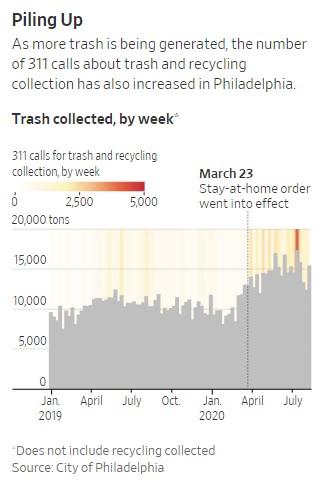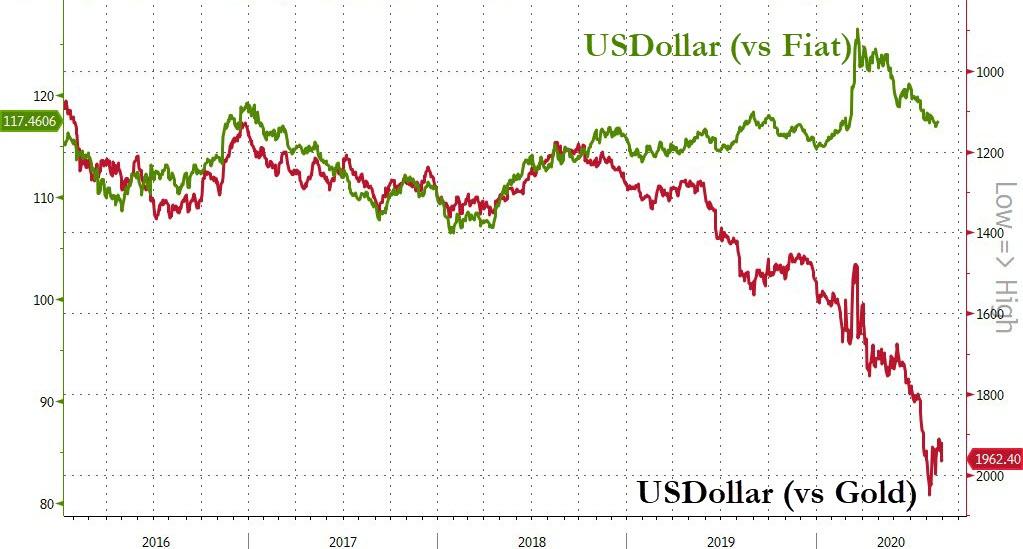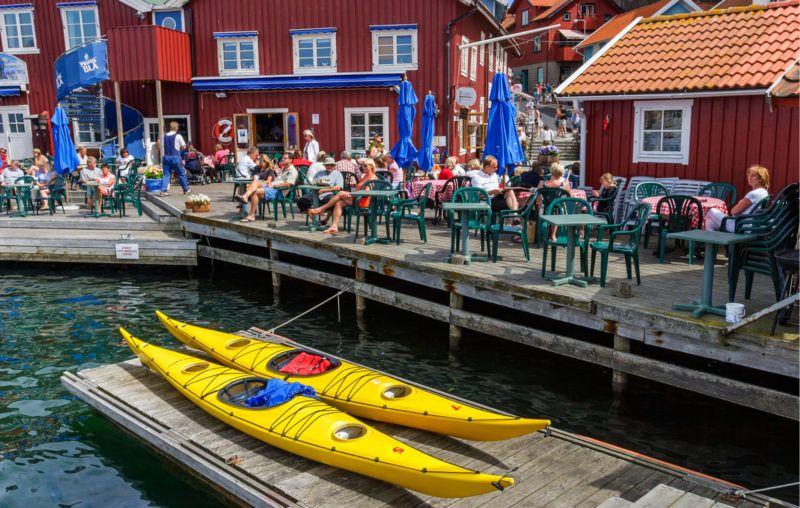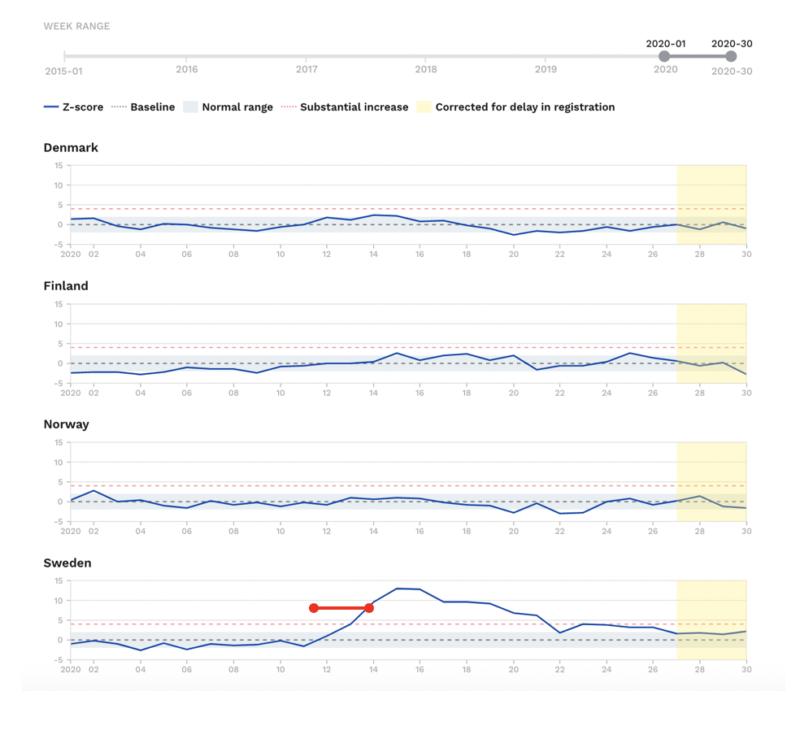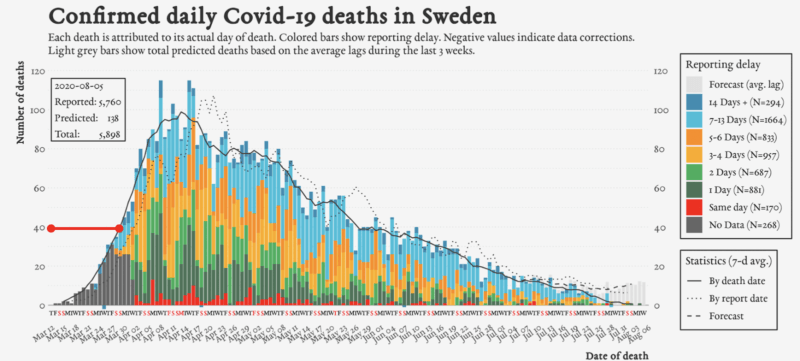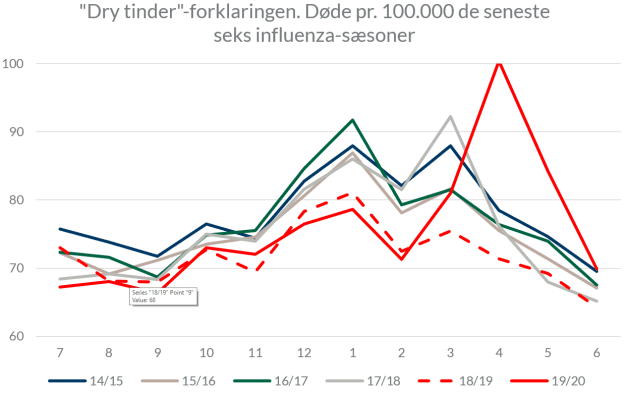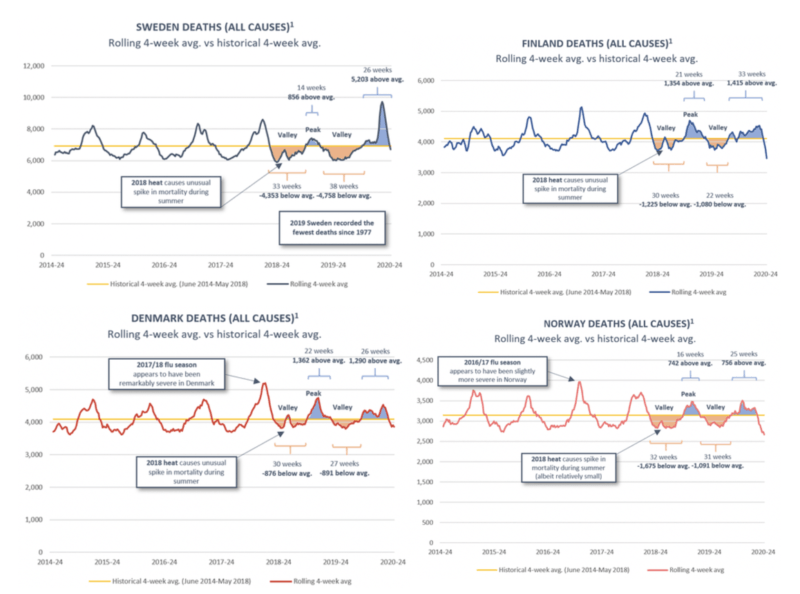
Protesters who pull down statues are usually not content with removing the inanimate metal or stone object from its pedestal. They berate it, ridicule it, hammer it; they try to set it on fire; when that doesn’t work, they’re liable to behead it or dump it in a river to drown. Then the authorities retrieve it, as though fishing a corpse out of the lake. They crate it up so it can do no further harm, ship it to a statue internment facility, and forget about it forever.
Sympathetic accounts of the process make it sound quite rational. A statue of a Confederate general or a slave-owning president or Christopher Columbus, looming at you above the public square, might, especially if you are black or Indigenous, make you realize that the people who run and adorn your city aren’t like you. In fact, they make heroes out of the sort of people who oppress people like you, and they create a built environment where you might have to make your way through your oppressors’ distorted, self-serving interpretations of history every day on your way to the bus stop.
That would be a reason to go to the city council and urge members to hold some hearings on removals and replacements. Screaming at a statue, slapping it around, and then beheading it suggest another level of rage—and another level of interpretation. The statue has come to be identified with the person it represents. Ridiculing the hunk of bronze is ridiculing the represented person and attacking everything that, in turn, that person seems to mean. Traditionally (in the French Revolution, for example), pulling a statue off its pedestal is symbolically overthrowing or expunging the leader or ruler it depicts. One of the first things American soldiers did when they got to Baghdad was pull down the colossal Saddam Hussein. Reporters and television crews covered the toppling of the statue obsessively; it may be the best-remembered image of the Iraq invasion. Overthrowing Hussein and pulling down his statue didn’t seem to be clearly distinguished in anyone’s mind.
Monuments are often fated to become effigies, their destruction a premonition of the fall of the leader and the transformation of his symbolic order. In other cases, the destruction of the monument is a reenactment of the death or dismemberment of the leader that has already taken place, a way of killing him over and over even if he died in his sleep, as in the fate of thousands of statues of Stalin after the fall of the Soviet Union. Robert E. Lee is dead, but that doesn’t mean we shouldn’t kill him again (and again) in his images. What was “he” doing still hovering over the city of Richmond in 2020, anyway?
President Donald Trump’s response to this has also been traditional, indeed ancient. Appearing on Independence Day in front of one of the world’s largest sculptures, he said: “Today, we pay tribute to the exceptional lives and extraordinary legacies of George Washington, Thomas Jefferson, Abraham Lincoln, and Teddy Roosevelt. I am here as your president to proclaim before the country and before the world: This monument will never be desecrated, these heroes will never be defaced, their legacy will never, ever be destroyed, their achievements will never be forgotten, and Mount Rushmore will stand forever as an eternal tribute to our forefathers and to our freedom.” Then he announced that the “ringleader” of the “attack” on a statue of Andrew Jackson in D.C. had been arrested.
Trump further declared that he was issuing executive orders to make assaults on statuary punishable by 10 years in prison and to establish a “National Garden of American Heroes,” featuring a hundred or more sculptures depicting the likes of Davy Crockett, Amelia Earhart, Billy Graham, Douglas MacArthur, Dolley Madison, Audie Murphy, George S. Patton Jr., Ronald Reagan, Betsy Ross, and both Booker T. and George Washington. Sounds like the world’s least dynamic amusement park, but perhaps they’ll add some animatronics.
Trump’s claim that Rushmore “will never be desecrated” makes clear that he, and we, still understand the mentality of the idolater: Damaging a statue of Andrew Jackson is contaminating a sacred object, which makes the act outrageous. But the fact that the act of desecrating a statue outrages the idolaters is precisely what drives the iconoclasts; it’s the veneration of the person embodied in the inanimate object and in its placement and presentation that makes damaging or destroying it a symbolically powerful act. That’s how you get these idol wars.
The conflict between worshipping and destroying images, between idolatry and iconoclasm, is found in some form in almost every human culture. One classical depiction is in the Hebrew Bible. Moses returned from a mountaintop talk with Yahweh to find the Israelites worshipping a golden calf. “He took the calf the people had made and burned it in the fire; then he ground it to powder, scattered it on the water and made the Israelites drink it.” Then he set them to slaughtering each other. Ever since, there have been restrictions on images: The Jewish God can definitely not be sculpted, and similar, sometimes harsher, restrictions have run through Islam. The Protestant Reformation of the 16th century was to a remarkable extent a conflict about the use of images in worship, with the Protestants accusing the Catholics of worshipping paintings and sculptures, and hence of being pagans and polytheists. The Protestants destroyed images all over Europe.
Now, if you ask me squarely whether I’d rather be an idolater or an iconoclast, I’m likely to answer “an iconoclast,” because that sounds unconventional and interesting; I’d rather be an overthrower of shibboleths than an enforcer of them. Also, idolatry still sounds wildly irrational, as though we were worshipping the Great God Yottle, the omnipresent hunk of bronze.
But the image breakers seem rather irrational too, venting their rage on inanimate objects as though that would be a substantive blow against racism or whatever else they take themselves to oppose. It’s a bit like trying to suspend time by taking a hammer to your clock radio.
Irrational though it may be, the idolatry that leads to colossal Lincolns and Jeffersons in D.C. is routine for us all. On July 4, Trump described America as “uplifted by the Titans of Rushmore,” the event as taking place “before the eyes of our forefathers,” just as though the presidents were alive still and inhabiting their giant rock faces. He spoke of the woke iconoclasts as “ripping down Washington and Jefferson” (the men, not their images, mind) and as literally destroying American history; it appears that the level of symbols and the level of reality have been entirely confounded. But any child might point at an equestrian statue and ask, “Who’s that?” To which the answer is “Robert E. Lee” or “Napoleon,” not “that’s not a person—it’s a hunk of bronze.” I regularly say things like “I saw Trump on television” rather than declaring that I saw a very small, flat image of Trump. We all slide between representation and reality with great ease. Perhaps too great, because it leaves us vulnerable to elementary and sometimes bizarre confusions.
In other words, I’m more interested in what idolaters and iconoclasts have in common than the millennia-long conflict raging between them. Both sides evidently are working from a belief in what anthropologists once termed “sympathetic magic”: the idea that a person or a god inhabits, is actually present within, the representation. One worships the god in and as the statue, or one attacks the emperor by defacing his image. Harming an image of your enemy has the power to harm your enemy; gazing at a prospective lover’s or even a celebrity’s picture puts you under their spell, “enchants” you. Images are often reported to weep, or heal, or speak. Or they seduce and corrupt, and must be defaced, hidden, or destroyed. The idol of today—the colossal Stalin, and perhaps even the mountain-size president-gods of Rushmore—is fated for desecration tomorrow. Idolaters and iconoclasts need each other.
They share a belief in—really, a vivid, immediate experience of—what the art historian David Freedberg, in his 1989 book The Power of Images, called “fusion”: the presence in the image of the person or thing or god of which it is an image. In fusion, Freedberg writes, “the body in the image loses its status as representation”; it becomes, in the mind of the idolater or the iconoclast, what it depicts. “Arousal ensues,” says Freedberg (he’s got the response to pornography in mind, as well as patriotic or religious fervor): positive arousal to adoration in the case of the idolater, negative arousal to loathing, disgust, or rage in the case of the iconoclast.
“The iconoclast,” Freedberg continues, “sees the image before him. It represents a body to which, for whatever reason, he is hostile. Either he sees it as living, or he treats it as living.” Either way, “he feels he can somehow diminish the power of the represented by destroying the representation or mutilating it.”
Freedberg argues that things have changed little, that we still experience just as vividly as ancient cultures the presence of the thing in the image. It’s a hard feeling to escape, really. If you think you are immune to it, consider how you might feel if I stood in front of you and slowly ripped a picture of your mother in two. I doubt that ancient Byzantium or Reformation Europe can boast any clearer cases of the conflict between idolaters and iconoclasts than the scenes from Philadelphia in May and June, in which some people attacked while others tried to defend statues of Christopher Columbus and former Mayor Frank Rizzo (both of whom have “iconic” status in certain neighborhoods of South Philly). Certainly, it is hard to imagine such a conflict breaking out over an unshaped hunk of metal. Freedberg argues that it’s the resemblance of the statue to the person that lends it power: the power to make that person, even if he’s been dead a long time, manifest in the physical reality of the present.
But the “magical” identification of an image with its human inspiration goes only so far to explain widespread paroxysms of iconoclasm of the sort that occurred in eighth century Byzantium, in the Netherlands during the Reformation, during the French Revolution, or on the streets of America in 2020. Who controls public space, and hence who gets honored in public space, is a relatively raw vector of power. When the municipal or federal government is erecting and protecting images, tearing images down can become a generalized expression of anti-authoritarianism.
That’s the turn of mind that turns iconoclasm from occasional vandalism, or even a focused demand to reinterpret history, into a widespread outbreak of symbolic violence indiscriminately directed at publicly venerated images in general. We reach the point at which there is a loathing not only for specific historical symbols but for the whole authoritative symbolic order, right down to its approved artistic styles and the ways it orders public space. Pretty soon you’re tearing down anything that looks like a realist sculpture. Historical outbreaks of iconoclasm have often followed that pattern, progressing from criticism of specific sorts of images to what almost amounted to an attempt to erase or replace all images. Notoriously, the current wave of iconoclasm has not always distinguished between (images of) Robert E. Lee and (images of) Ulysses S. Grant, between images of slaveholders and images of abolitionists.
Even if we admit that we are all somewhat susceptible to sympathetic magic, we need to maintain some distance and distinctions if we intend to stop short of sheer superstition. Nothing you can do to his statues will alter history so that Robert E. Lee never existed. And as many totalitarian regimes have shown, it’s a lot easier to change all the pictures and sculptures than it is to change people’s minds or the concrete conditions in which they live.
from Latest – Reason.com https://ift.tt/2YVSL1n
via IFTTT


